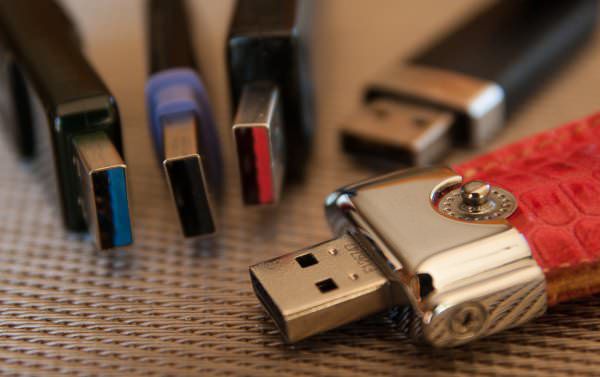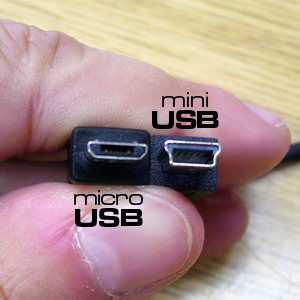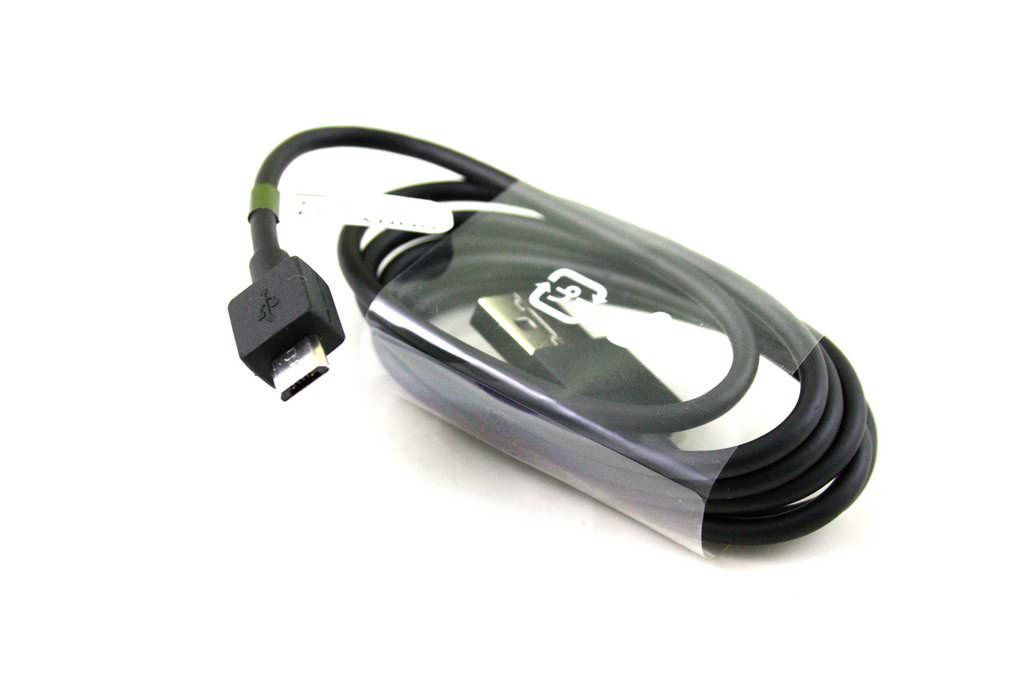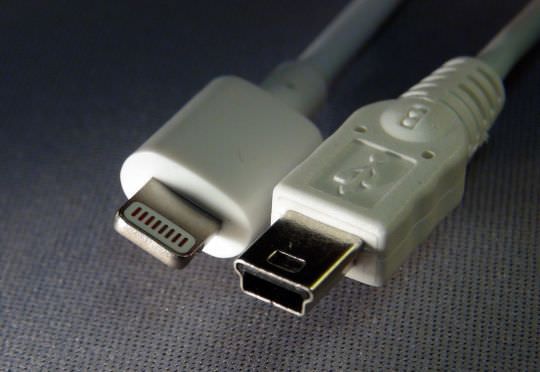
If you’re juggling different devices, you might encounter a couple different port and connector types. Although they all are connective technologies, don’t assume that USB, micro USB, and Lightning are all the same thing.
The difference between USB, micro USB, and Lightning cables is that they charge and connect different devices. Lightning cables power Apple products; micro USB and USB cables can power and charge a number of different devices as the USB protocol is an open standard.
USB
USB, or Universal Serial Bus, is the most common and popular connector technology on the market. It is a cross-platform technology that is supported by most major operating systems. You are probably used to seeing the “Type A” connectors that plug into a computer tower. Type B connectors are less common and are typically used for scanners and hard drivers. There are also “mini” type B’s that are meant to be used with devices like cameras, MP3 players, and other small peripherals. Mini and Micro USBs are not the same thing, though it’s easy to confuse their similar sounding names.
You typically see USB type A connectors on USB flash drives.
You can see the different USB connectors here.

Micro USB
Micro USB is a type of USB port. They are a miniaturized version and were developed to standardize and streamline phone charging devices. Before standardization, each phone model would have a proprietary cable and connector making mixing and matching impossible. Many mobile devices like GPS units and smartphones are fitted with micro USB ports. While they are slightly smaller than Mini USB, they have comparable high speed transfer rates. Read more about micro vs mini USB.
Increasingly, smartphones are switching to the latest USB por type, USB-C.
You won’t have a problem identifying a Micro USB. They have black receptacles and feature a compact 5 pin design. Many charging cables come with a USB (type A) connector to allow transfers between desktops and mobile devices. In terms of transfer speeds, you’ll notice a big difference between USB 2.0 and 3.0. Not all USB 3.0 models are backwards compatible with older ports and connectors.


Lightning
Lightning
The Lightning is a proprietary connective created and designed for Apple and its products. It was released in 2012 and replaced their previous model, a 30 pin dock connector. The Lightning uses 8 pins and is designed to be more durable and efficient. It is designed to be slender so that it can power Apple’s trademark slim devices that are far too trim to support USB’s bulkier design. It is not compatible with non-Apple devices unless you use an adapter. Most Apple devices come with a USB-to-Lightning cable so that interfacing with a non-Lightning device isn’t too inconvenient.
Lightning devices are pretty easy to identify. They’re usually white and the connector is much more slender and compact than other types of connectors.

